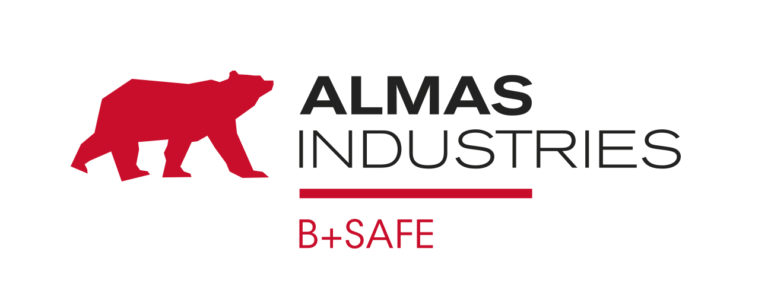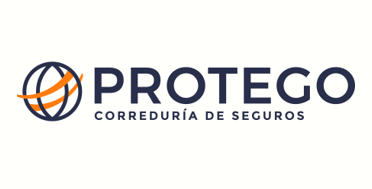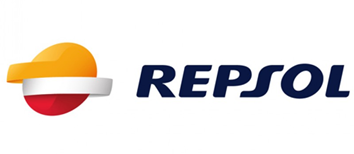The Spanish white layer pig sector is located in regions with serious problems due to depopulation of their rural areas such as Aragon, Castilla y León, Extremadura, Castilla-La Mancha or Galicia.
In these municipalities, not only are farms located, but, as Herranz explained, structures and industrial transformation, marketing and export activities and other auxiliary structures are also integrated. Therefore, he added, “we are an engine of the economy of these towns, especially those with less than 5,000 inhabitants, which is where more than 40% of the pig farms and industries are located.”
In all of them, Herranz explained, “we retain population, we contribute wealth, up to 20,000 million euros a year and we generate more than 300,000 quality jobs”. Workers in the pig sector are characterized by their professionalization and specialization in each area, “without them it would be practically impossible to face their work in a sector in continuous innovation”.
In this sense, the director of INTERPORC has highlighted that the pig sector is “socially sustainable and of course also if we talk about environmental sustainability, which concerns us and concerns us and therefore we work every day”.
















